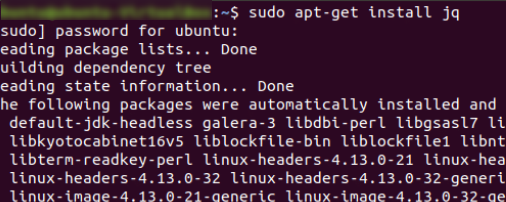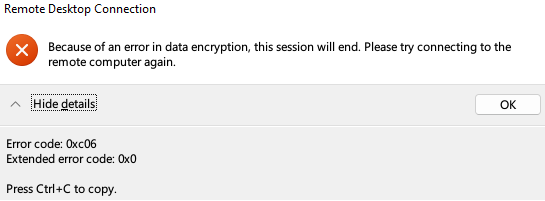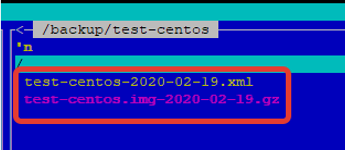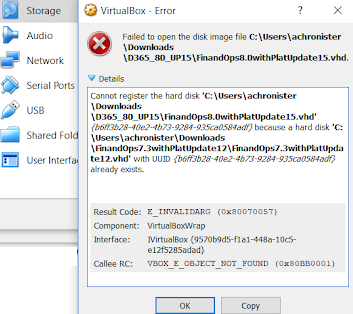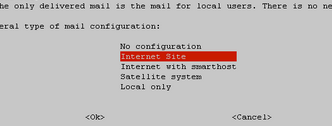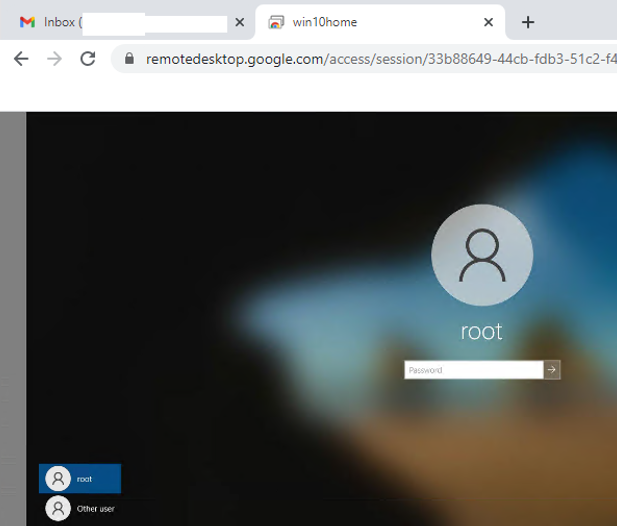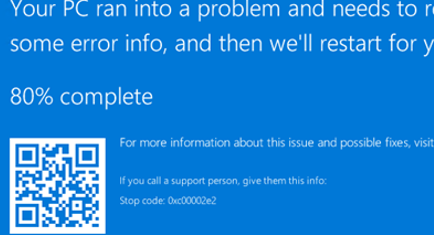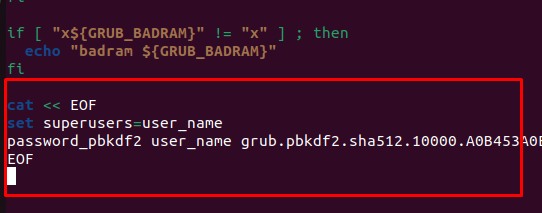Several times I came across a situation where one of the users on a Windows Server host with an RDS (Remote Desktop Services) role ran an application that leaked and occupied all available RAM. It was impossible to connect to such a host via RDP remotely. To kill the leaked process, you need to remotely logoff this user.
Author: admin
Some administrators use sed or regular expressions to replace variable values in structured files (JSON or YAML). This doesn’t always give a good result. It is much easier to use the jq or yq tools to process structured files.
Continue reading “How to Replace Variable Value in JSON or YAML File?”
I ran into a strange issue while establishing an RDP connection to a Windows Server 2019 RDS host from Windows 11 via VPN.
In this article, we will show some options for backing up virtual machines on a KVM hypervisor, as well as recovery scenarios. I would like to note that there are no convenient backup tools for KVM, and every administrator uses their own methods and scripts. There are two backup scenarios in KVM: when a VM is stopped (the easiest one, but rarely used) and without stopping the virtual machine.
In this article, we’ll look at how to create a VPN connection from the Linux terminal console and connect to a remote VPN server from the command line. Consider how to create L2TP, PPTP, OpenVPN, and SSTP VPN connections on Linux.
Continue reading “Create a VPN connection from Linux Terminal”
When trying to connect a copied or moved disk image file (*.VHD/*.VDI) of an Oracle VirtualBox virtual machine, you will receive an error:
VirtualBox - Error
Failed to open the hard disk image file FilePath.vhd.
Cannot register the hard disk FilePath.vhd <GUID> because a hard disk DifferentFilePath.vhd with UUID <GUID> already exists.
Result Code: E_INVALIDARG (0x80070057)
Component: VirtualBoxWrap
Interface:IVirtualBox {GUID}
Callee RC: VBOX_E_OBJECT_NOT_FOUND (0x80BB0001)
Continue reading “VirtualBox: Cannot Register the Hard Disk Already Exists”
Postfix mail server is available in almost all Linux distributions. You can use it as a simple relay (smart host) to send email messages from your local network to user mailboxes and forward email queues to SMTP servers outside your organization. In this article, we’ll show you how to set up an SMTP relay for Microsoft 365 (Office 365, Exchange Online) with postfix on Linux (using Ubuntu/Debian as an example).
Continue reading “Postfix: Using Microsoft 365 as SMTP Relay”
Recently I have been favorably impressed with Chrome Remote Desktop features which allow to support remote users/friends/family members and access work computers remotely. I have easily configured access to my home computer from my office network. All you need is to install the Google Chrome browser on both devices, a Google account, and the chromoting service. Most popular are supported for remote connection: Windows, Linux, macOS, Android, and iOS.
Continue reading “Using Google Chrome Remote Desktop to Access Your Computers”
After an emergency shutdown of a physical server with an Active Directory domain controller role, the BSOD with an error stop code 0x00002e2 appears on boot. The error points out that the Active Directory database (NTDS.DIT) is damaged. In this article, we will figure out how to fix the ntds.dit file and start a domain controller (in our case, it is a server running Windows Server 2019).
Continue reading “Domain Controller Crashes on Boot with Stop Code 0xc00002e2”
In this article, we’ll look at how to protect the Linux GRUB2 bootloader configuration with a password.


